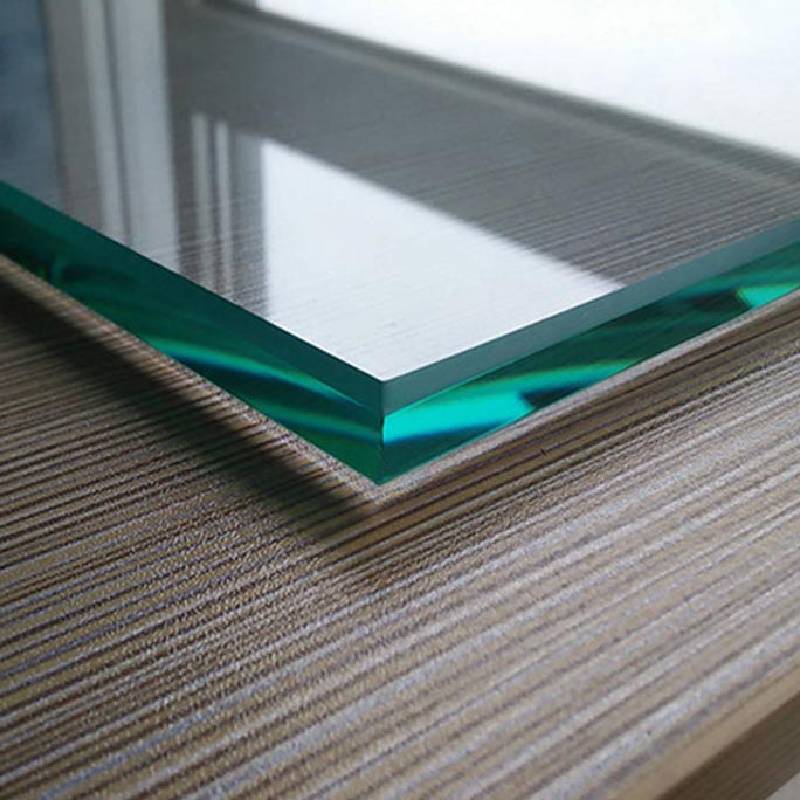

The Fascinating World of Silver Curved Mirrors
Curved mirrors, particularly those coated with silver, have captivated scientists, artists, and architects for centuries. The unique properties of these reflective surfaces allow for a multitude of applications, ranging from practical uses in daily life to artistic expressions that challenge our perception of reality. This article explores the intriguing characteristics, functions, and significance of silver curved mirrors, shedding light on why they continue to be a focal point in various fields.
Understanding Silver Curved Mirrors
Curved mirrors are categorized into two main types concave and convex mirrors. Concave mirrors curve inward, resembling a bowl, and are known for their ability to focus light. They converge parallel rays of light to a single point, making them useful in applications such as telescopes, shaving mirrors, and even solar cookers. On the other hand, convex mirrors bulge outward and diverge light rays, creating a wider field of view. These are commonly used in vehicle side mirrors and surveillance systems.
The silver coating applied to the reflective surface enhances the mirror's ability to reflect light. Silver is known for its high reflectivity, making silvered mirrors incredibly effective at bouncing back light. This quality not only improves visibility but also contributes to the aesthetic appeal of the mirrors, as they can create a striking effect when combined with light and shadow.
Applications of Silver Curved Mirrors
The applications of silver curved mirrors are extensive and diverse. In the realm of optics, concave mirrors are essential components of various devices, including microscopes and cameras. Their capacity to focus light allows for clearer images and enhanced detail, which is critical in scientific examinations and photography.

In the field of architecture and design, silver curved mirrors are often employed to create visually stunning environments. Designers use them to manipulate space, making rooms appear larger and more open. Additionally, curved mirrors can reflect artistic installations, adding depth and intrigue to exhibitions in galleries and museums.
In everyday life, these mirrors find utility in personal grooming tools and automotive design. The reflective qualities of concave mirrors make them ideal for shaving and applying makeup, providing a magnified view that is helpful for precision tasks. Meanwhile, convex mirrors improve safety in driving by allowing drivers to see a broader view of the road, helping to reduce blind spots.
The Artistic Implications
Beyond their practical uses, silver curved mirrors hold significant artistic value. Artists have utilized mirrors in their work as a medium for expression and exploration. The reflective nature of these mirrors can challenge perceptions, creating illusions and transforming the way viewers engage with artwork. Furthermore, they can evoke a sense of introspection, encouraging individuals to reflect not only on their external appearance but also on their internal state.
Notable installations, such as those by artists like Yayoi Kusama and Anish Kapoor, employ mirrored surfaces to immerse viewers in a world of reflection, depth, and infinite possibilities. Such works often provoke thought regarding identity, space, and the nature of reality itself.
Conclusion
Silver curved mirrors are more than just functional reflective surfaces; they are powerful tools in science, essential components in design, and captivating subjects in art. Their versatility allows them to serve practical purposes while also inspiring creativity and exploration. As technology advances and innovative designs emerge, the appeal and significance of silver curved mirrors are likely to persist, continuing to challenge our perceptions and enrich our lives for generations to come. Whether gazing into a concave mirror to perfect one's appearance or marveling at an artistic installation, the allure of silver curved mirrors will undoubtedly endure.